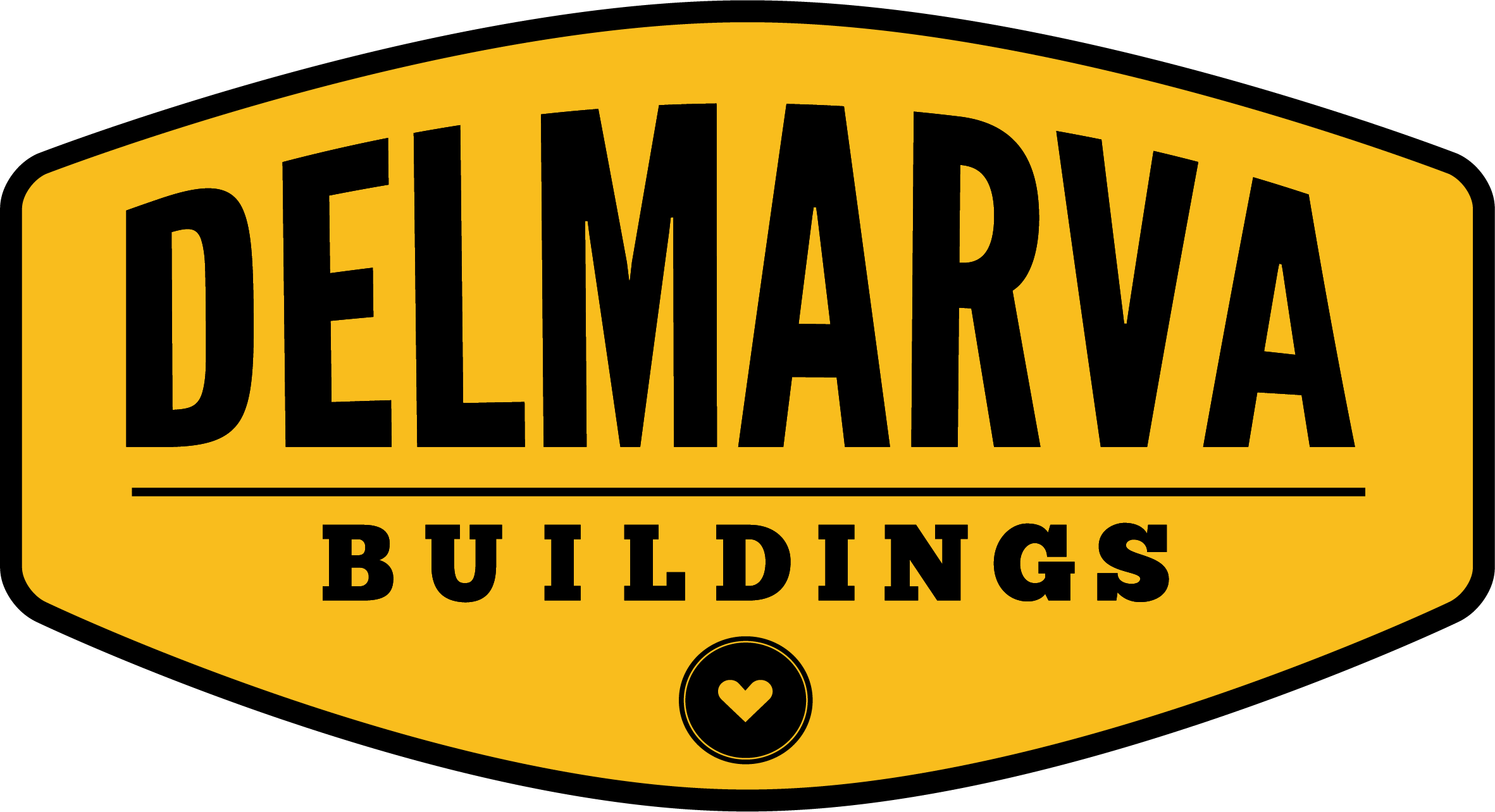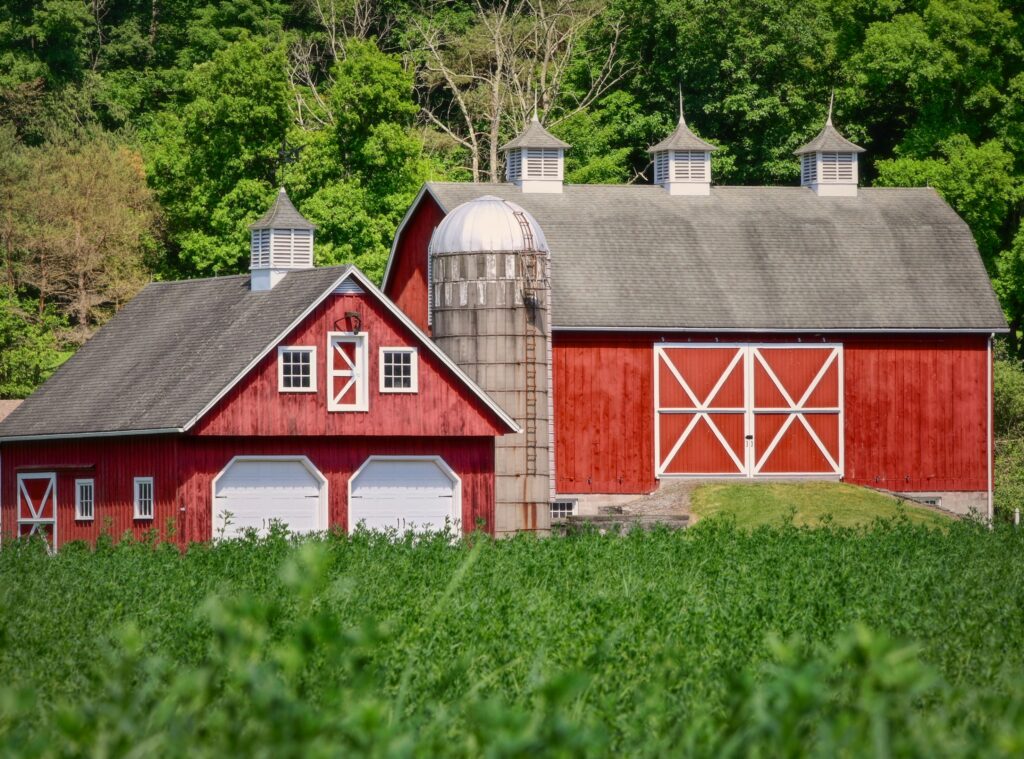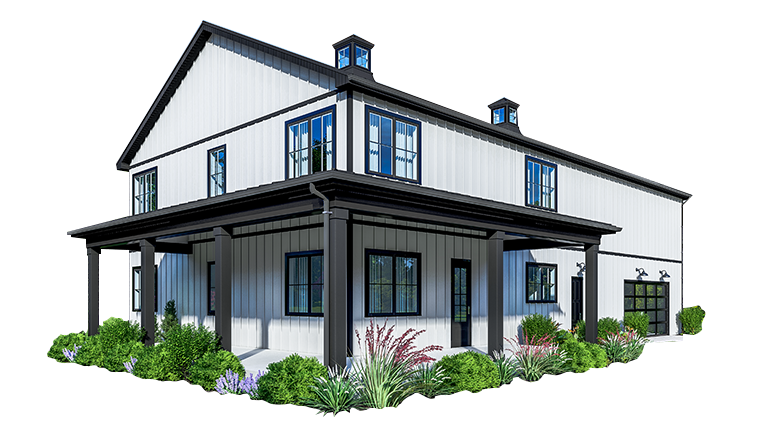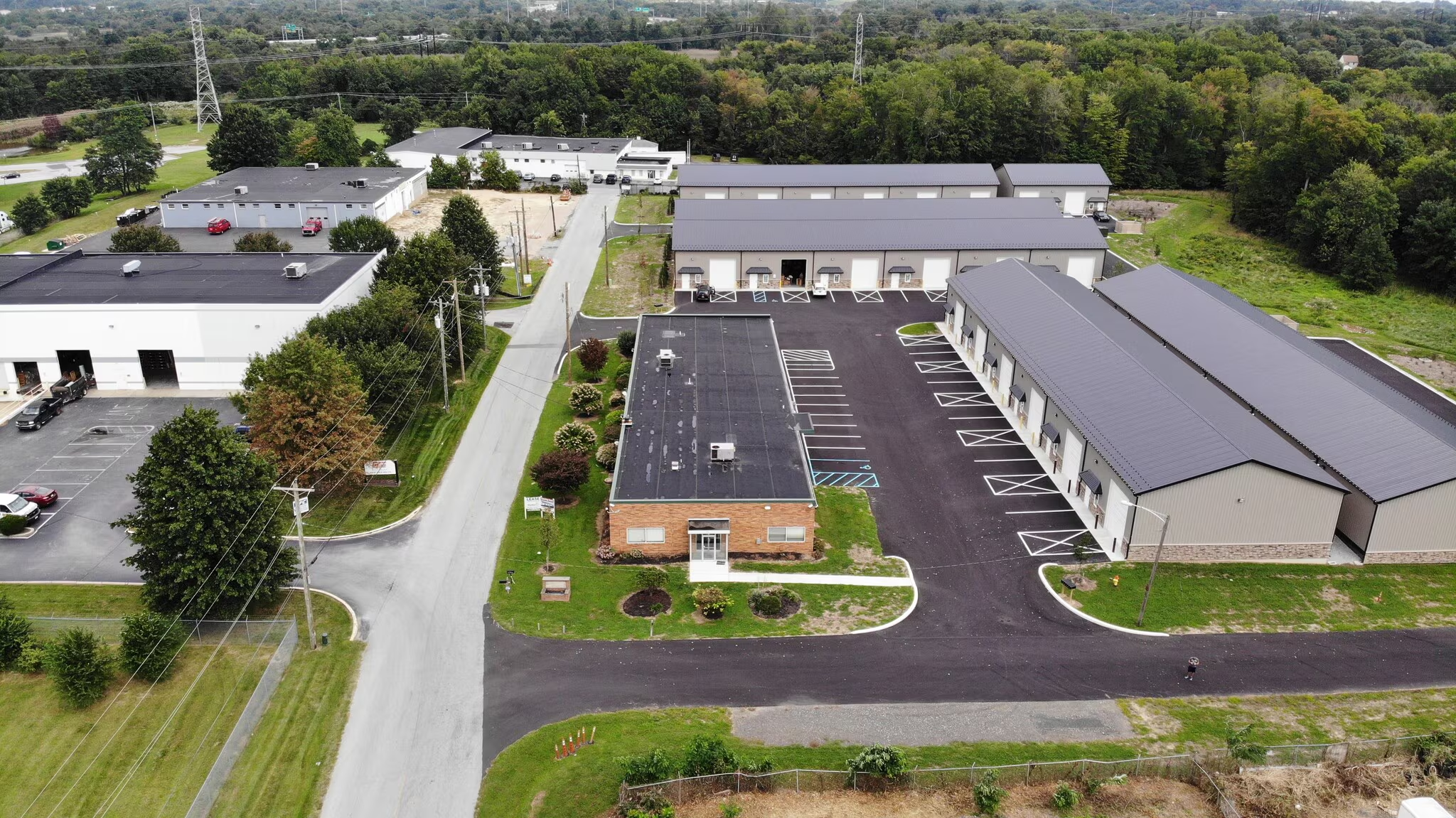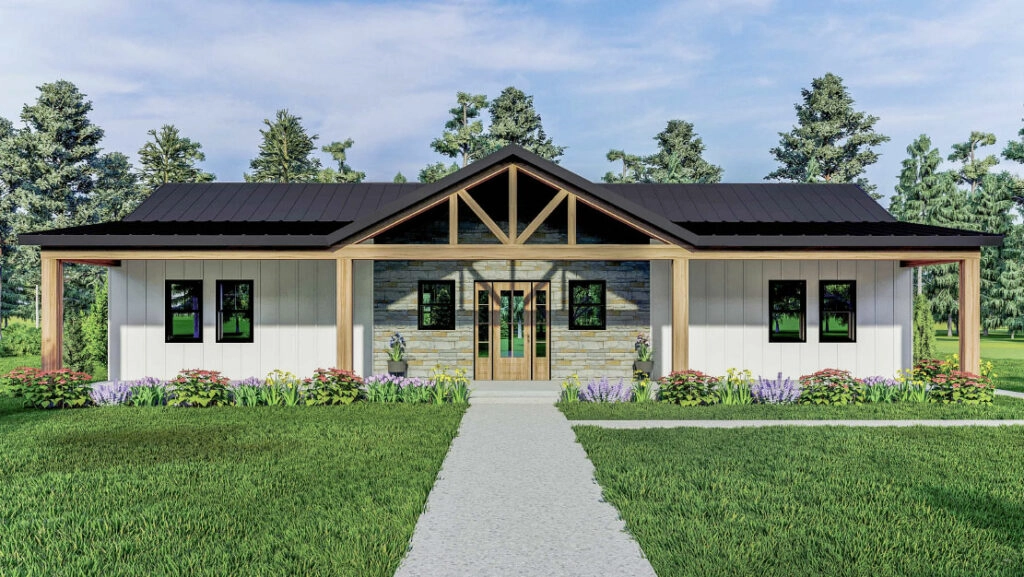In the world of architecture and home design, there is a growing trend that marries rustic allure with contemporary lifestyle: residential barns. Once utilitarian structures intended for agricultural use, barns are being transformed into striking homes, offering a unique living experience that honors their historical roots while embracing modern comforts.
Historical Significance
Barns have been a staple in rural landscapes for centuries, primarily serving as storage spaces for livestock and crops. However, with changing agricultural practices and a shift towards urban living, many barns were left underused or abandoned. This presented a unique opportunity for architects and homeowners to breathe new life into these structures, turning them into bespoke homes that combine practicality with historical charm.
Architectural Features and Modern Adaptations
The appeal of barn homes lies in their distinctive architectural features: high ceilings, open floor plans, and robust timber frameworks. These elements make barns ideal for modern conversions. Contemporary barn homes often feature expansive windows and sliding glass doors to enhance natural light and integrate the home with its surroundings. Interior design plays with the volume of space, maintaining the open, airy feel while introducing modern amenities and sleek finishes.
Sustainable and Eco-Friendly Living:
Converting old barns into homes is not just an aesthetic choice but a sustainable one. Many barn conversions use recycled materials from the original structure, such as reclaimed wood for flooring or beams. Modern barn homes are often equipped with eco-friendly technologies like geothermal heating, solar panels, and rainwater harvesting systems, making them more energy-efficient and reducing their environmental footprint
Challenges of Conversion
Despite their appeal, transforming a barn into a residential property comes with its set of challenges. Structural integrity must be assessed; old barns may require significant reinforcement to meet residential building codes. Insulation is another critical issue, as barns were not originally designed to be energy-efficient. Navigating these challenges requires careful planning and often a team of skilled architects and builders.
Conclusion
The modern appeal of residential barns lies in their ability to provide a unique living space that is both historically rich and forward-thinking. As more individuals seek homes that offer character and a connection to the past, barn conversions will continue to be a vibrant part of the architectural landscape. They remind us that with creativity and respect for tradition, old structures can be transformed into something new and wonderful, offering the best of both worlds.
